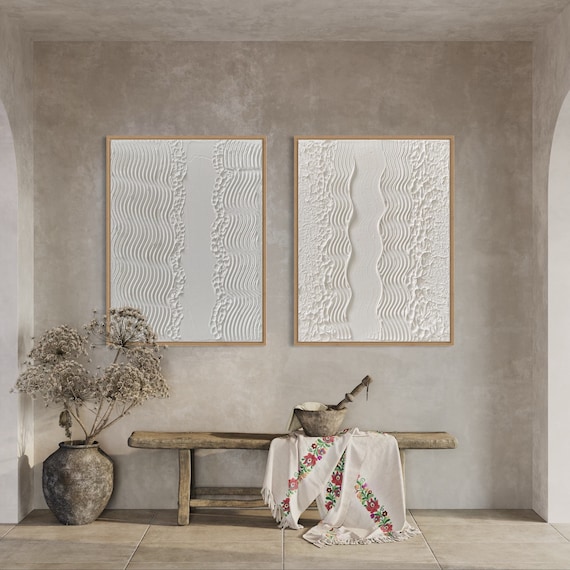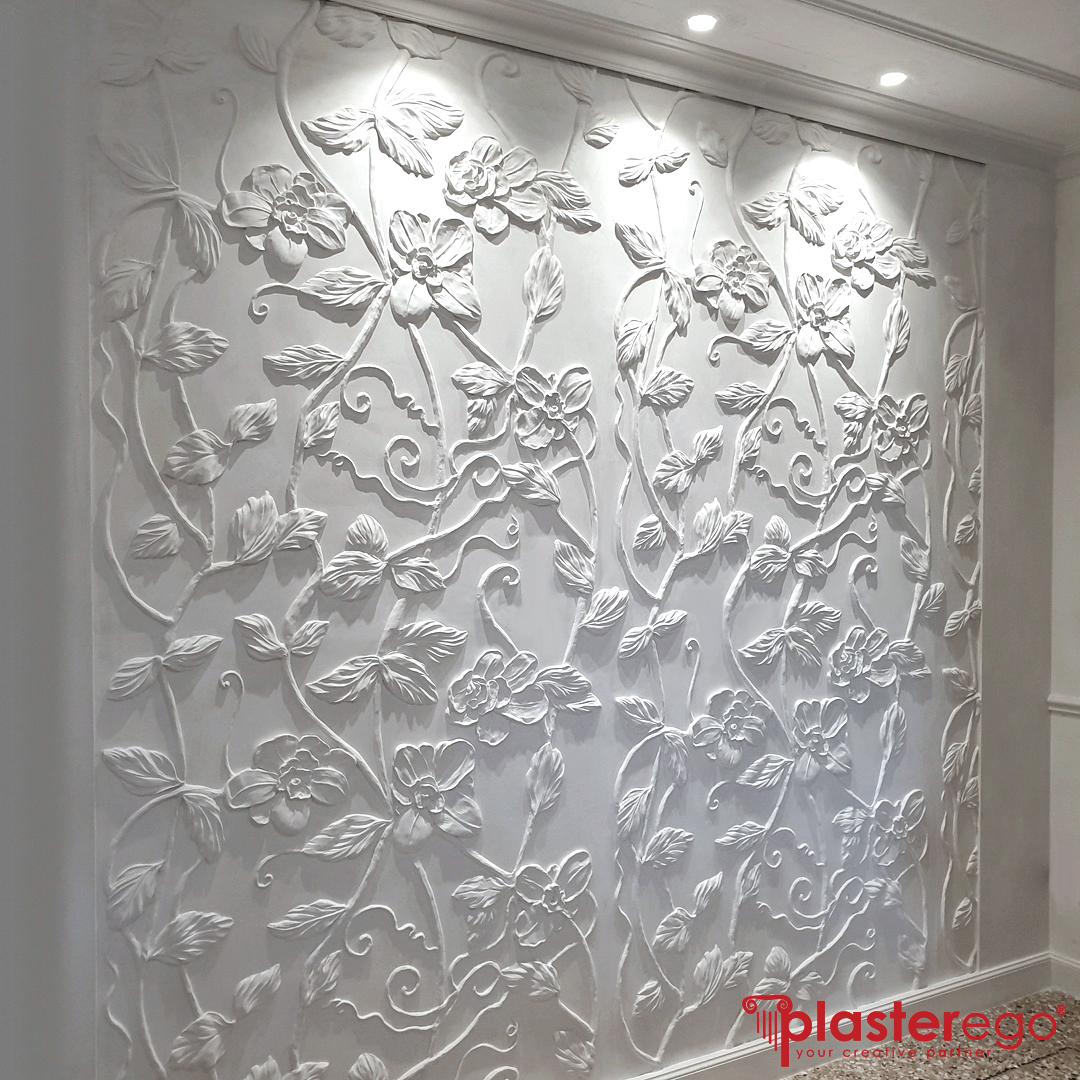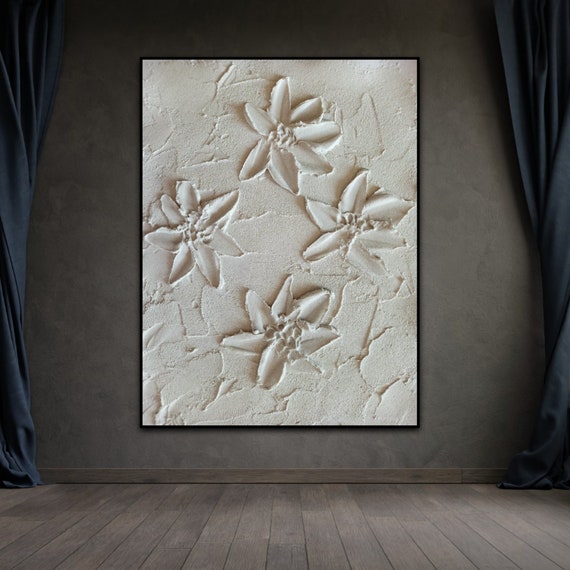Are you looking to elevate your home’s aesthetic appeal? Wall decor plaster might just be the perfect solution. As someone who has experimented with various types of wall finishes over the years, I can confidently say that plaster offers both beauty and durability. In this article, we will explore everything you need to know about wall decor plaster, including its types, advantages, DIY tips, and much more! Let’s dive in.
What is Wall Decor Plaster?
Wall decor plaster is a mixture of lime, gypsum, or cement that is applied to walls for decorative and protective purposes. Unlike standard paint, plaster creates a textured finish that can exude elegance and sophistication. It can be shaped, molded, and colored to fit any style or preference, making it a versatile choice for interior design.
Types of Wall Decor Plaster
Choosing the right type of plaster can significantly affect the final look of your wall. Here’s a detailed overview of the most common types:
1. Lime Plaster
Lime plaster is made from slaked lime and water. It is breathable, allowing moisture to escape, which prevents mold growth. Lime plaster gives a soft, matte finish and is often used in historic buildings.
2. Gypsum Plaster
Gypsum plaster, also known as plaster of Paris, is made from gypsum and is ideal for creating smooth, flat surfaces. It dries quickly and is easy to work with, making it a popular choice for indoor applications.

3. Cement Plaster
Cement plaster is a mixture of cement, sand, and water. It is highly durable and water-resistant, making it suitable for exterior applications. However, it lacks the flexibility of lime plaster.
4. Venetian Plaster
Venetian plaster is a decorative technique that uses multiple layers of tinted plaster to create a polished, marble-like surface. It is perfect for adding a touch of elegance to any space.

Benefits of Using Wall Decor Plaster
There are numerous advantages to using plaster for wall decor:
- Durability: Plaster is resistant to wear and tear, ensuring your walls look pristine for years.
- Sound Insulation: Plaster can help reduce noise, making your home a quieter refuge.
- Fire Resistance: Unlike drywall, plaster is less flammable and can provide added safety.
- Aesthetics: Plaster finishes offer a unique textured look that paint alone cannot achieve.

DIY Wall Decor Plaster: Step by Step
If you’re feeling adventurous and ready to try your hand at a DIY project, applying wall decor plaster can be a rewarding experience. Here’s a step-by-step guide:
Materials Needed
- Plaster mix (choose from lime, gypsum, or cement)
- Water
- Mixing bucket
- Float or trowel
- Sanding block
- Protective gear (gloves, goggles, mask)

Step 1: Prepare the Surface
Ensure that the wall is clean, dry, and free from any loose paint or debris. If necessary, patch any holes or cracks with a suitable filler.
Step 2: Mix the Plaster
Following the manufacturer’s instructions, mix the plaster in a bucket. Aim for a smooth, lump-free consistency.

Step 3: Apply the Plaster
Using a trowel or float, apply the plaster to the wall in a smooth, even layer. Start from the top and work your way down for better control.
Step 4: Texture and Finish
Once the plaster is applied, you can create textures using various tools like brushes or sponges. Experiment to find a finish that suits your style!

Step 5: Drying and Sanding
Allow the plaster to dry completely. Once dry, use a sanding block to smooth any rough areas for a refined finish.
Step 6: Seal if Necessary
Depending on the type of plaster used, you may want to apply a sealant to protect the surface and enhance durability.

Comparison Table: Types of Plaster
| Type | Durability | Breathability | Suitable For | Cost |
|---|---|---|---|---|
| Lime Plaster | Moderate | Highly Breathable | Indoor/Outdoor | $$ |
| Gypsum Plaster | High | Moderate | Indoor Only | $$ |
| Cement Plaster | Very High | Low | Outdoor Only | $$$ |
| Venetian Plaster | High | Moderate | Indoor Only | $$$$ |
Cost Considerations for Wall Decor Plaster
When planning for your plaster project, budget is an essential factor. Here’s what to consider:
Material Costs
The cost of plaster varies depending on the type you choose:
- Lime plaster: $10 – $50 per bag
- Gypsum plaster: $15 – $30 per bag
- Cement plaster: $25 – $70 per bag
- Venetian plaster: $50 – $200 per bag
Labor Costs
If you’re hiring a professional, labor costs can range from $50 – $100 per hour, depending on the complexity of the job and your location. DIY projects can save on labor but consider your skill level and the time you can dedicate.
Tips for Maintaining Plaster Walls
Once your plaster walls are up, maintaining them is crucial to keep them looking fresh:
Regular Cleaning
Dust your plaster walls regularly with a soft cloth or a duster. Use a damp cloth for stains, but be careful not to saturate the plaster.
Address Cracks Promptly
Inspect your walls for any cracks or chips. Small cracks can often be filled with a patching compound. For larger issues, consult a professional.
Repainting and Touch-ups
If your plaster is painted, you may need to repaint every few years to maintain color and finish. Always use paint suitable for plaster surfaces.
Common FAQs About Wall Decor Plaster
1. Is wall decor plaster suitable for bathrooms?
Yes, but ensure you use a moisture-resistant type, such as cement plaster, to prevent water damage.
2. How long does it take for plaster to dry?
Drying times vary by type and conditions—typically between 24 to 48 hours for most plaster types.
3. Can I paint over plaster?
Absolutely! Once the plaster has fully cured, it can be painted with the appropriate primer and paint for a finished look.
4. How do I fix cracks in plaster walls?
Use a patching compound to fill in cracks, allow it to dry, then sand it smooth. You may need to repaint the area.
5. How does plaster compare to drywall?
Plaster offers a more durable and aesthetic finish, while drywall is easier and quicker to install but lacks the same elegance.
Conclusion
Wall decor plaster is a fantastic way to enhance the beauty and resilience of your walls. With various types available and the option to create stunning textures, you can personalize your space to reflect your unique style. Whether you choose to tackle a DIY project or hire a professional, investing in plaster walls is a decision you’ll be proud of for years to come. So go ahead and transform your walls into works of art!